The 1970s represented the golden age of television theme songs—an era when opening credits weren’t skipped but savored. These musical introductions weren’t mere background noise; they were cultural touchstones that set the mood, explained the premise, and burned themselves into our collective memory. Before streaming services and “skip intro” buttons, these catchy compositions had millions of Americans singing along each week.
1. “Theme from MASH (Suicide Is Painless)”
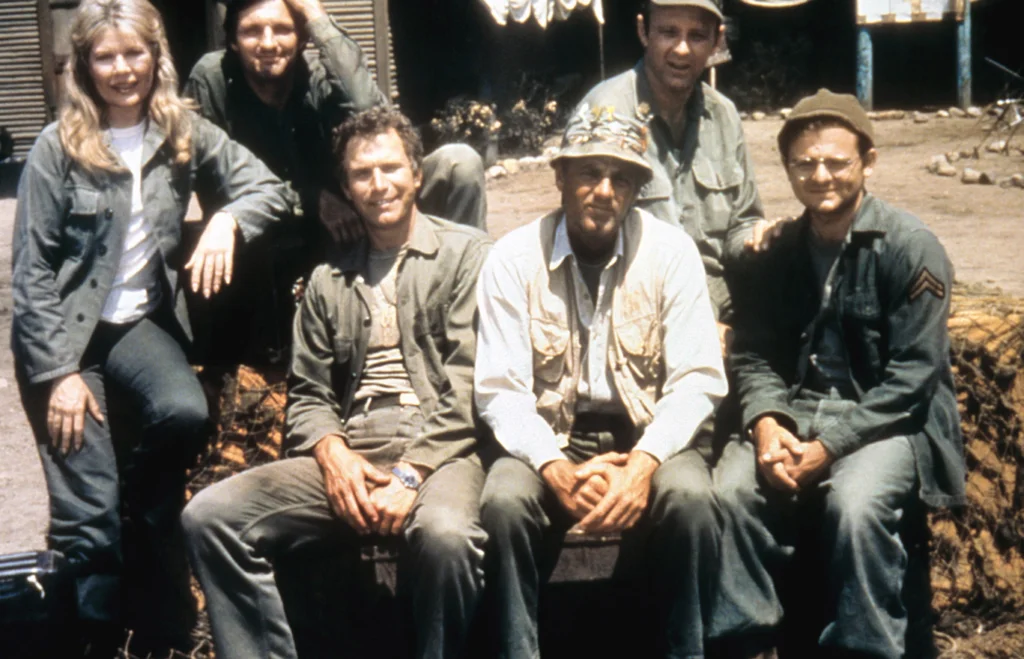
The hauntingly beautiful instrumental version of Johnny Mandel’s composition perfectly captured the show’s delicate balance between comedy and tragedy. Originally featuring lyrics in the 1970 film, the television adaptation wisely chose the instrumental arrangement that conveyed melancholy and resilience without words. The gentle guitar melody and plaintive horns created an emotional foundation that prepared viewers for a show that would make them laugh one moment and cry the next. The song is full of meaning and secrets, and Mental Floss dives into some additional trivia surrounding this groundbreaking and sewage-breaking series.
The theme’s wistful quality perfectly underscored the show’s central premise of finding humanity amid the horrors of war. Its gentle, almost lullaby-like quality stood in stark contrast to the chaotic wartime setting, creating a powerful emotional dissonance. The song became so iconic that it’s impossible to hear those opening notes without conjuring images of helicopters carrying wounded soldiers and the dedicated medical personnel waiting to receive them.
2. “Those Were the Days” (All in the Family)
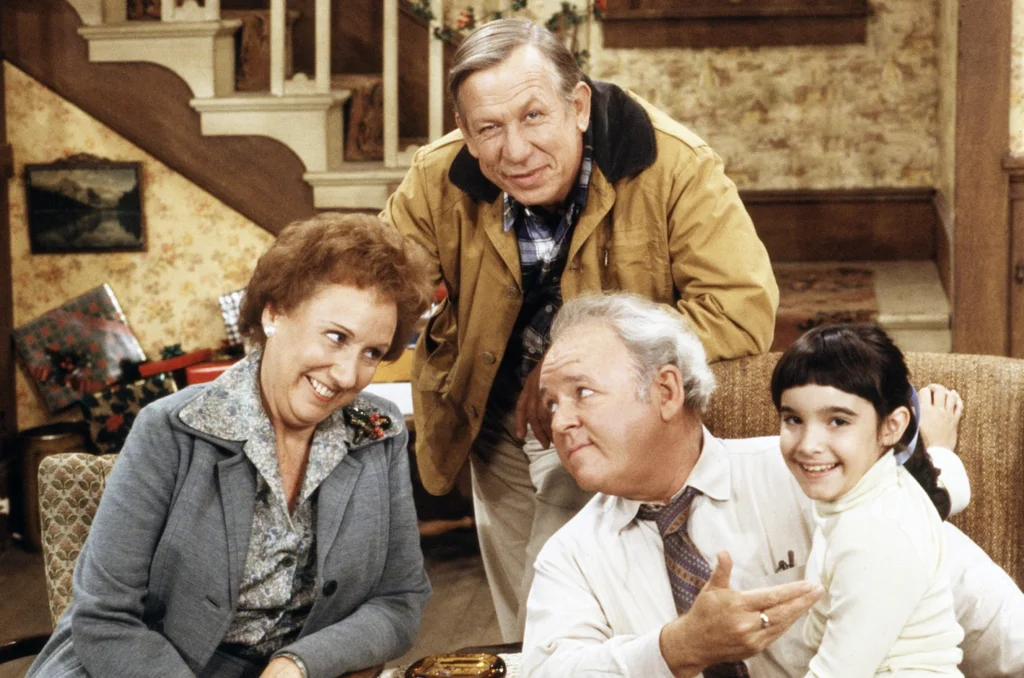
Jean Stapleton and Carroll O’Connor’s imperfect but charming performance of this nostalgic tune became the perfect introduction to television’s most groundbreaking sitcom. The image of Archie and Edith seated at their spinet piano, belting out lyrics that longed for simpler times, perfectly established the show’s examination of changing American values. The deliberately off-key moments and authentic delivery made it feel like we were eavesdropping on a genuine family moment rather than watching a polished performance. According to MeTV, the theme even performed quite well on the music charts.
The clever lyrics established Archie Bunker’s character as someone struggling to adapt to a rapidly changing society, with lines like “Girls were girls and men were men” revealing his discomfort with evolving gender roles. The song’s nostalgic yearning for a mythologized past (“Didn’t need no welfare state, everybody pulled his weight”) efficiently established the show’s central tension between tradition and progress. This theme song didn’t just introduce a show—it encapsulated an entire generational divide in American culture.
3. “The Mary Tyler Moore Show Theme” (Love Is All Around)
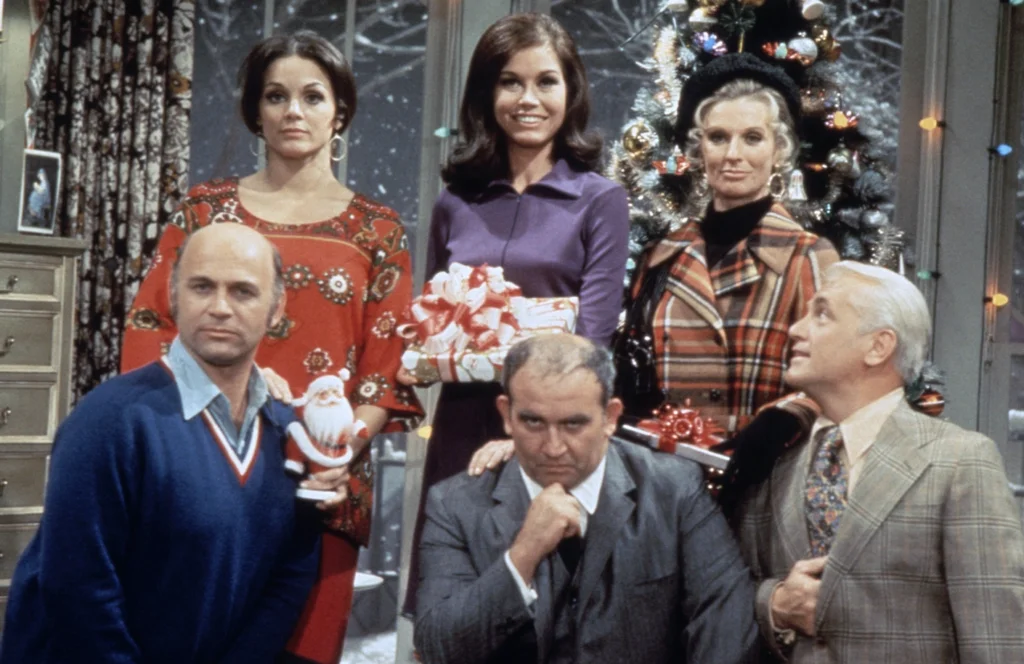
Sonny Curtis’s uplifting anthem of independence became a feminist statement that perfectly matched the show’s groundbreaking portrayal of a single working woman. The optimistic lyrics (“You’re gonna make it after all”) accompanied now-iconic visuals of Mary Richards confidently navigating Minneapolis and culminating in her triumphant hat toss. The song’s progression from tentative questioning (“How will you make it on your own?”) to confident assertion mirrored the journey many women were experiencing during this pivotal decade. MeTV reports that there’s not one, not two, but eight covers of this song that are worth checking out for distinct, entertaining reasons.
The theme song evolved over the series run, with lyrics changing from “You might just make it after all” in early seasons to the more confident “You’re gonna make it after all” as Mary’s character grew more self-assured. This musical evolution reflected both the character’s development and the changing status of women in American society during the 1970s. The upbeat, folk-rock arrangement captured the optimistic spirit of independence that made the show such a cultural touchstone.
4. “Hawaii Five-O Theme”
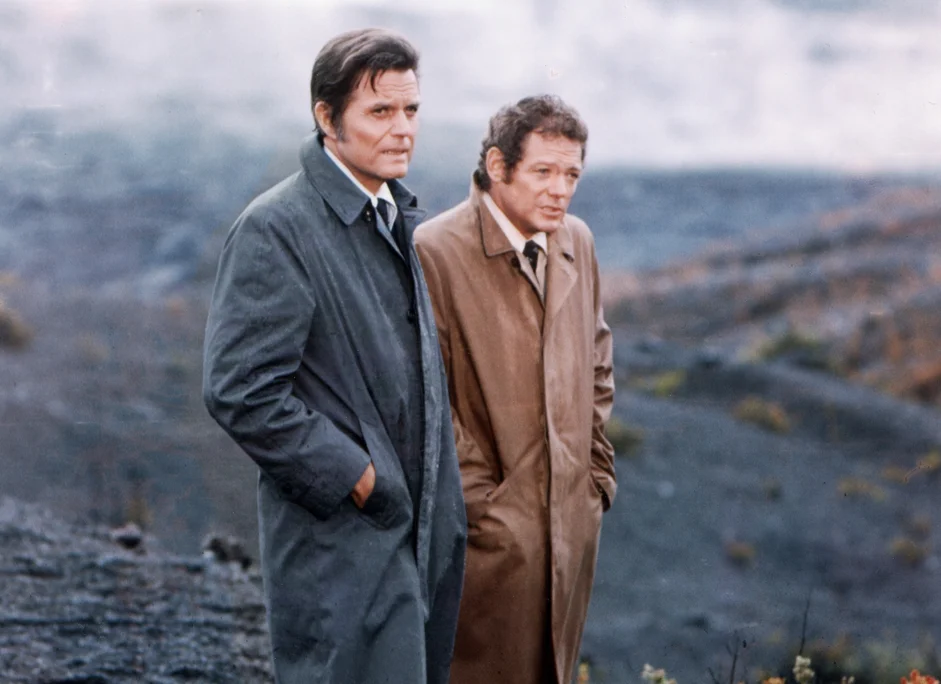
Morton Stevens composed perhaps the most instantly recognizable instrumental theme of the decade, with its driving drums and triumphant brass fanfare creating immediate excitement. The song’s crashing wave opening notes and propulsive energy perfectly captured the exotic setting and action-packed nature of the police procedural. This instrumental masterpiece became so culturally significant that it reached #4 on the Billboard charts when released as a single.
The theme’s combination of surf rock influences and orchestral arrangements created a sound that was simultaneously contemporary and timeless. The percussion-heavy introduction built anticipation before releasing into that unforgettable melody that practically demanded viewers to stay tuned. Countless cover versions, parodies, and sports stadium adaptations have cemented this theme song in popular culture for decades beyond its original television run.
5. “Welcome Back” (Welcome Back, Kotter)
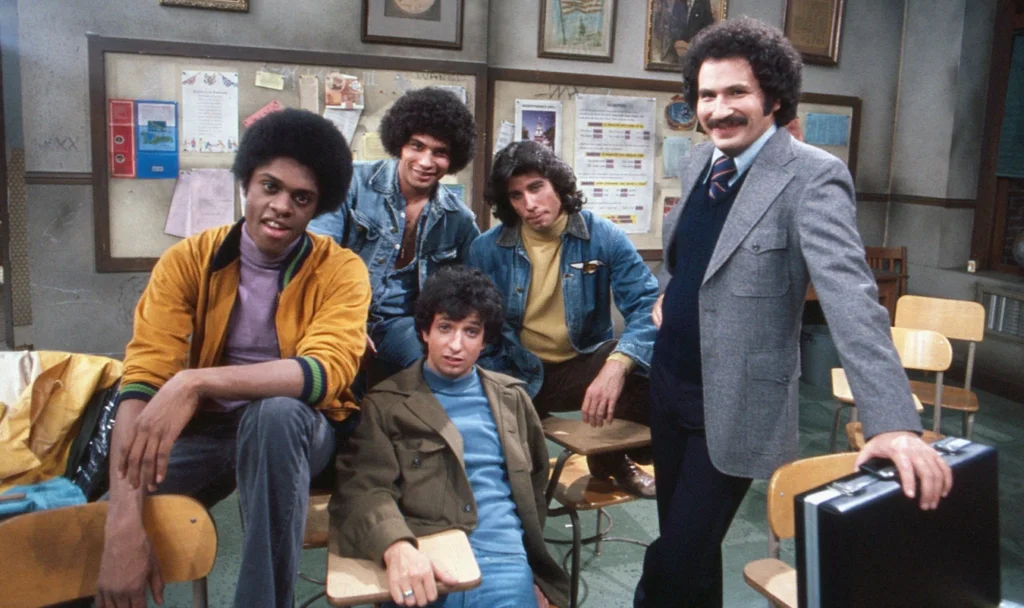
John Sebastian’s gentle folk-rock composition perfectly captured the show’s combination of nostalgia and contemporary relevance with its memorable chorus and thoughtful lyrics. The former Lovin’ Spoonful frontman created a theme that addressed the main character’s return to his old neighborhood to teach, with lines like “Your dreams were your ticket out” speaking to both Kotter and his remedial students. The song’s commercial success (reaching #1 on the Billboard Hot 100) demonstrated how these television themes had become legitimate hit songs in their own right.
The warm, acoustic-driven arrangement created an inviting atmosphere that complemented the show’s blend of comedy and occasional poignant moments. Sebastian’s distinctive voice provided an authenticity that matched the show’s setting in working-class Brooklyn, creating immediate emotional connection. The theme song’s success helped establish a tradition of television shows recruiting established recording artists to create their musical identities.
6. “The Jeffersons Theme” (Movin’ On Up)
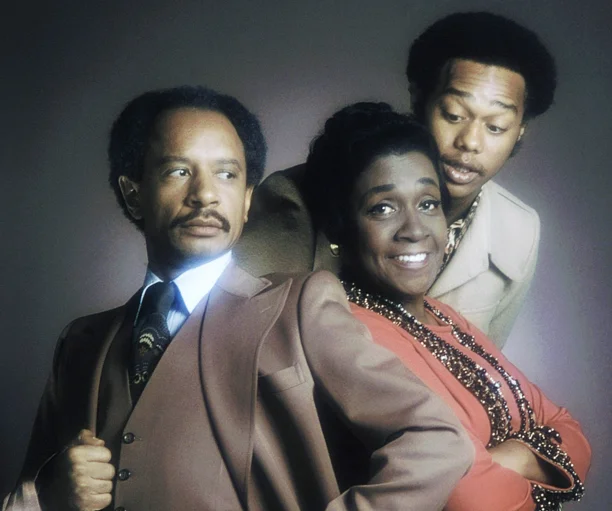
This exuberant celebration of upward mobility and achievement perfectly captured the show’s central premise of an African American family’s success story. Ja’net DuBois delivered the gospel-influenced vocal with infectious enthusiasm, creating an anthem that celebrated the American Dream from a perspective rarely centered in television. The triumphant lyrics about “movin’ on up to the east side” and “finally got a piece of the pie” directly addressed the show’s premise while resonating with broader cultural aspirations.
The song’s gospel and soul influences connected the show to Black musical traditions while its optimistic message had universal appeal. The arrangement’s building energy, with its escalating piano line and joyful backing vocals, created a perfect musical representation of ascension and achievement. This theme wasn’t just catchy—it was a cultural statement about opportunity and success that remains instantly recognizable decades later.
7. “The Rockford Files Theme”

Mike Post and Pete Carpenter created an instrumental masterpiece that perfectly captured the show’s blend of laid-back California cool and detective drama tension. The distinctive electric guitar melody, supported by a funky rhythm section and unexpected harmonica touches, established the unconventional nature of Jim Rockford’s character. The theme’s shifting dynamics—alternating between relaxed grooves and intense percussion—reflected the show’s balance of humor and suspense.
The composition’s distinctive use of clavinet and synthesizer elements showcased the evolving sound of television scoring in the 1970s, incorporating contemporary influences while remaining timeless. The driving rhythm section created forward momentum that perfectly suited the action sequences and car chases that became the show’s signature. This theme demonstrated how instrumental compositions could establish character and setting as effectively as lyrics, creating an immediate sonic identity for the series.
8. “Happy Days Theme”
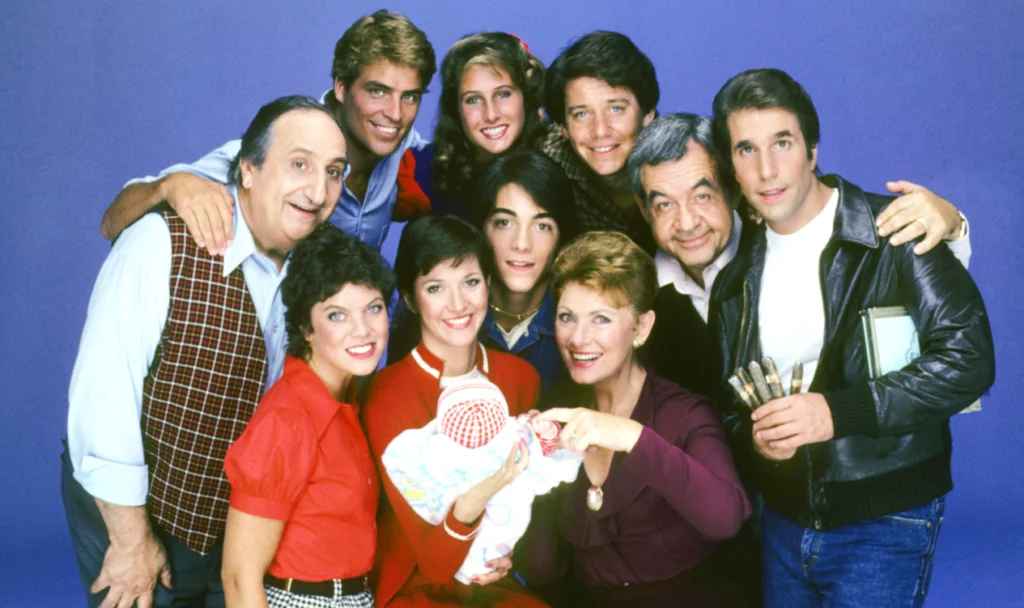
This nostalgic celebration of 1950s Americana evolved throughout the series, with early seasons featuring Bill Haley’s “Rock Around the Clock” before transitioning to Pratt and McClain’s custom-written “Happy Days.” Both versions perfectly established the show’s rose-colored view of mid-century teenage life and Americana. The later version’s lyrics directly addressed the show’s nostalgic premise with lines like “These days are all happy and free, these days are all share them with me.”
The theme’s doo-wop influenced harmonies and sock-hop ready rhythm authentically captured the musical style of the era the show portrayed. The upbeat arrangement and accessible melody made it impossible not to clap along with the iconic opening credits. This theme song accomplished the remarkable feat of creating nostalgia for the 1950s while simultaneously becoming an emblem of 1970s television culture.
9. “Taxi Theme” (Angela)
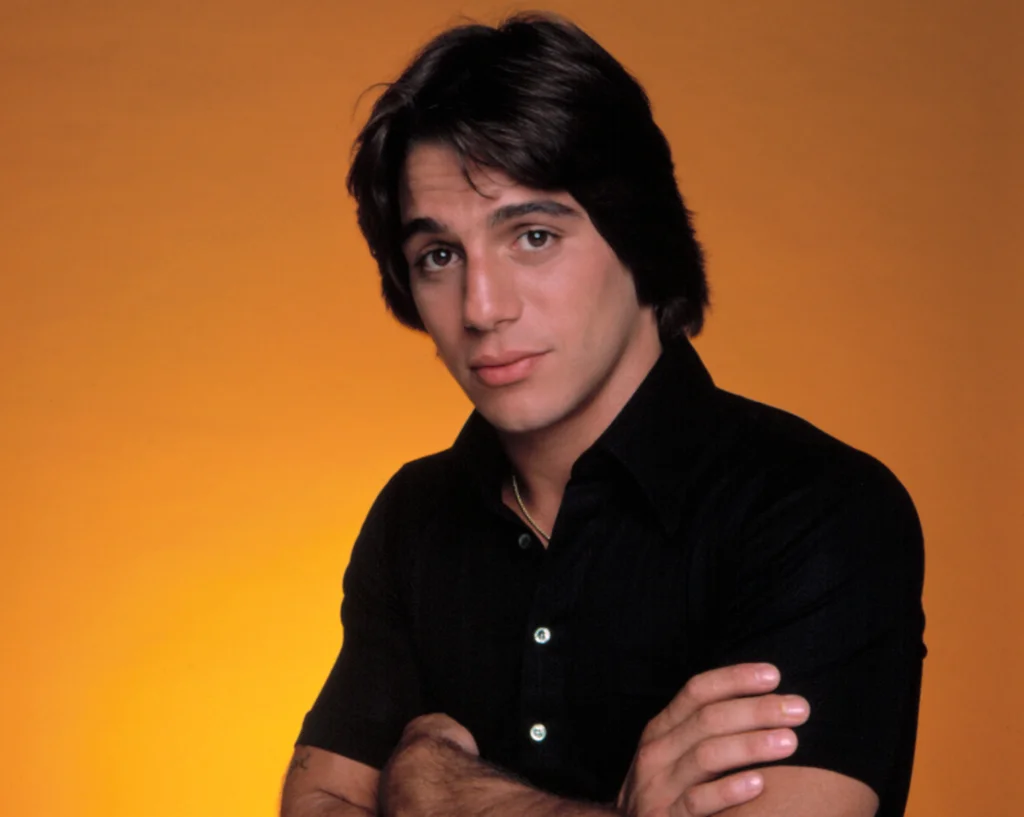
Bob James created an unexpectedly sophisticated jazz composition that contrasted beautifully with the show’s working-class setting and comedic tone. The theme’s gentle piano introduction, building to include the full ensemble, created a late-night mood that perfectly captured the urban setting and occasionally melancholic undertones of the series. This instrumental piece demonstrated how a theme song could create emotional context rather than simply establishing character or premise.
The composition’s subtle complexity, with its delicate melody and nuanced arrangement, elevated television scoring to an art form deserving serious consideration. The theme’s contemplative quality provided a perfect counterbalance to the show’s comedic elements, highlighting the characters’ struggles and aspirations. “Angela” became so beloved that it has maintained a life beyond the series as a jazz standard, recorded by numerous artists and appreciated for its musical merits independent of its television origins.
10. “Three’s Company Theme” (Come and Knock on Our Door)

This irresistibly catchy invitation to “come and knock on our door” perfectly established the show’s premise of cohabitation and the comedic misunderstandings that drove its plots. The bouncy, light-hearted melody matched the show’s commitment to physical comedy and misunderstandings, while the lyrics cleverly addressed the somewhat risqué (for the time) living arrangement. The theme’s explicitly welcoming nature (“Our door is always open”) directly invited viewers into the characters’ world.
The song’s playful instrumentation, including prominent use of saxophone and upbeat percussion, created an atmosphere of fun that perfectly matched the show’s tone. The theme efficiently established the series’ premise in just a few lines, explaining how “three’s company, too” and setting up the platonic relationship between the roommates. This theme demonstrates how effectively a well-crafted song could not only entertain but also provide necessary exposition for viewers.
11. “The Brady Bunch Theme”
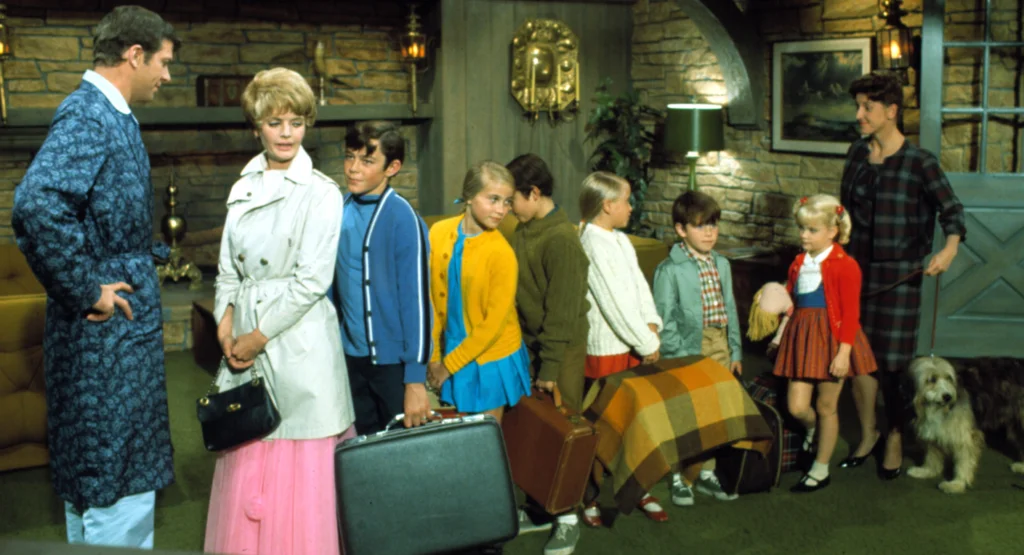
This expositional masterpiece efficiently explained the show’s complex blended family premise in just one minute of television time. The theme’s clever construction—introducing each family member in their own video square—created a visual and musical foundation for understanding the show’s central relationships. The song’s straightforward description of “a man named Brady” meeting “a lovely lady” provided all the backstory viewers needed to understand the series’ premise.
The theme’s upbeat mood and straightforward melody reflected the show’s optimistic portrayal of family life and simple problem resolution. The arrangement’s gradual building, as each new family member was introduced, created a musical representation of the blended family coming together. This theme’s cultural staying power is demonstrated by how frequently it has been parodied and referenced in the decades since the show’s original run.
12. “Barney Miller Theme”
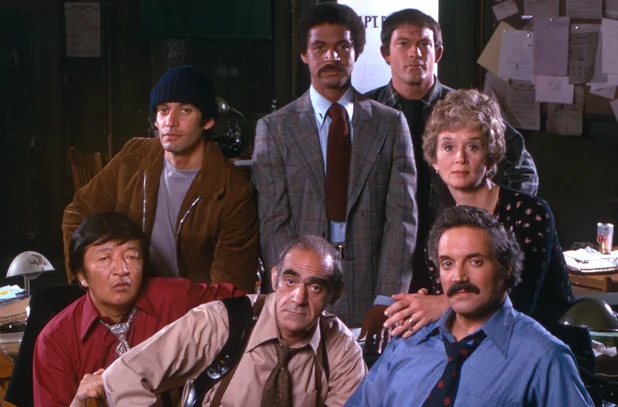
This funk-influenced instrumental perfectly captured the show’s urban police precinct setting with its prominent bass line and wah-wah guitar effects. The distinctive theme’s jazzy inflections and laid-back groove established the show’s unique blend of workplace comedy and occasional social commentary. The arrangement’s use of contemporary 1970s musical elements—particularly the funk and jazz fusion influences—gave the series a sophisticated sonic identity.
The composition’s complex arrangement, featuring multiple instrumental sections and shifting dynamics, rewarded repeated listening across the show’s eight-season run. The theme’s distinctive bass line became one of television’s most recognizable musical signatures. This composition demonstrated how an instrumental theme could establish not just setting but also tone, with its relaxed groove perfectly matching the show’s workplace ensemble and understated comedy style.
13. “The Muppet Show Theme”
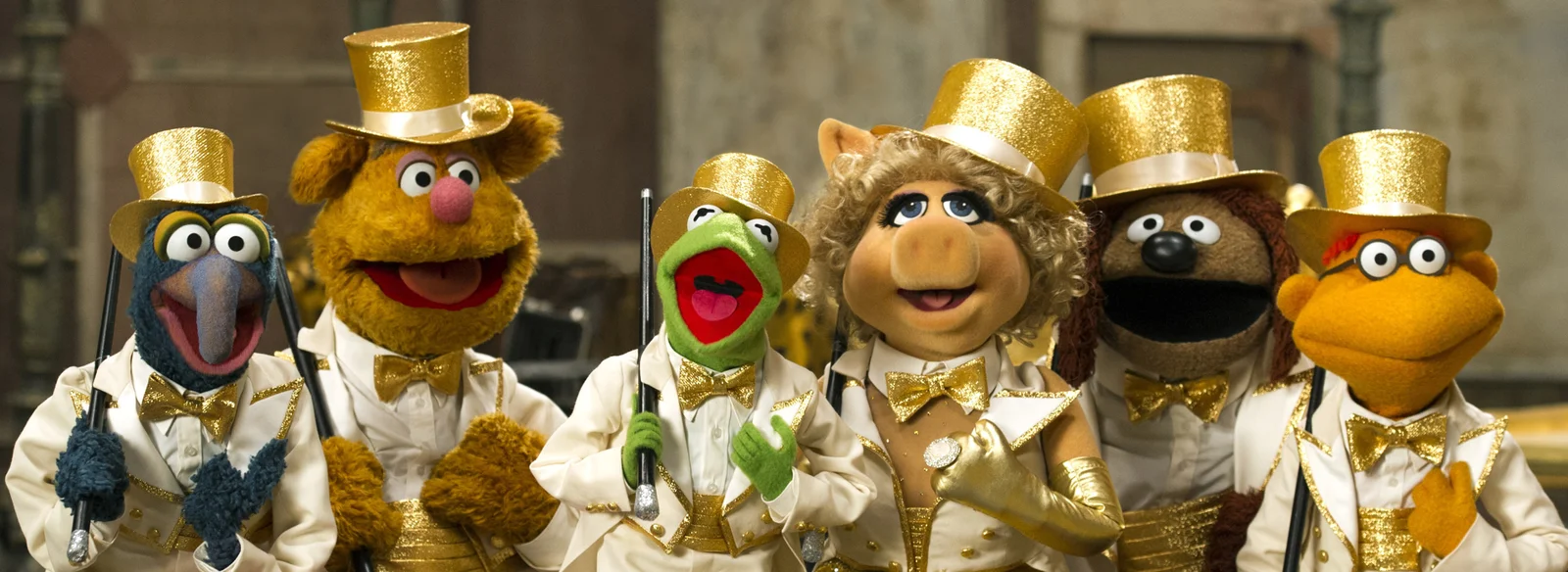
This vaudevillian carnival of sound perfectly captured the organized chaos and self-referential humor that made this puppet variety show a hit with both children and adults. The theme’s theatrical arrangement, with its prominent brass and percussion, established the variety show format while the lyrics directly addressed the viewing experience. The song’s structure, with Kermit’s introduction and the characters’ enthusiastic group performance, perfectly mirrored the show’s format.
The theme evolved throughout the series, with different visual gags accompanying the consistent musical foundation to reward regular viewers. The song’s meta-humor, acknowledging it was “time to play the music” and “light the lights,” embraced the show’s theatrical premise while inviting the audience into the experience. This theme song didn’t just introduce the show—it was a miniature version of what viewers could expect: chaotic, joyful, slightly meta, and utterly charming.
These unforgettable melodies did more than just introduce weekly shows—they became part of our cultural DNA, instantly transporting us back to specific moments in time. Before streaming services made opening credits optional, these themes were essential weekly rituals that united families around television sets and created shared cultural touchstones that continue to resonate decades later.


